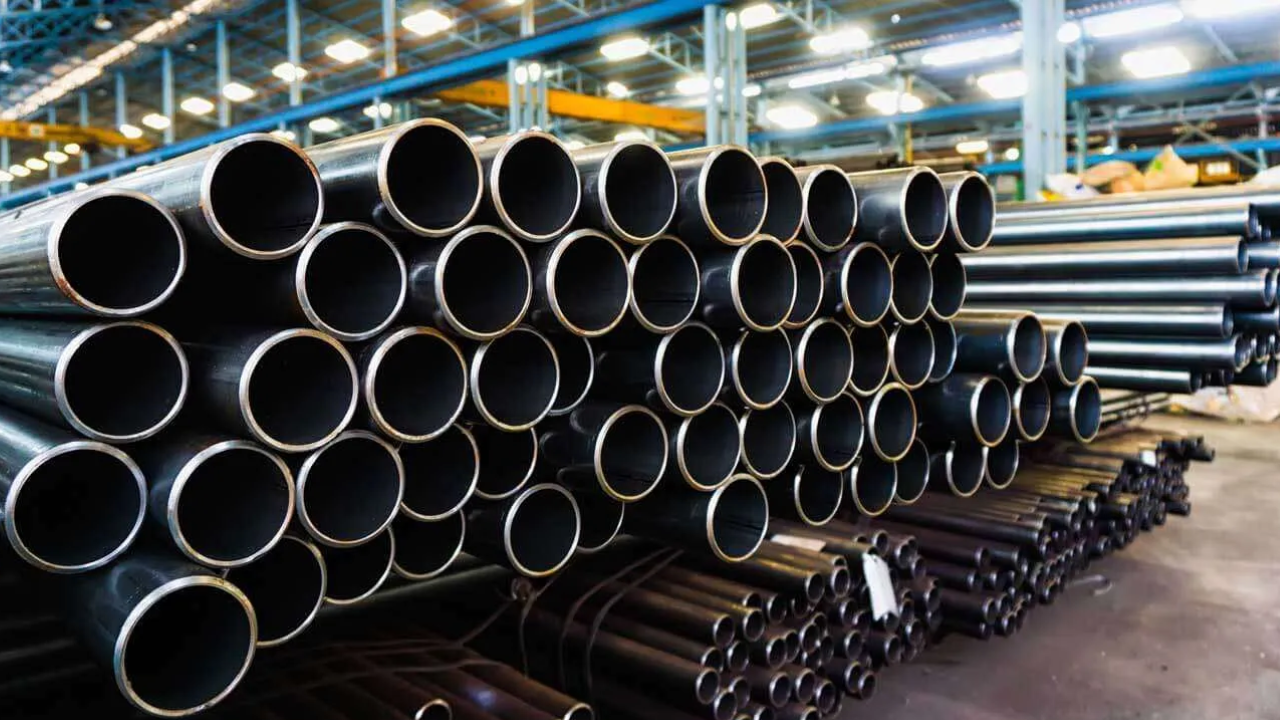The popularity and durability of ASTM A53 pipes remain inseparable, adding to their huge adoption across different industries. ASTM A53 pipes are prestigious for their wonderful solidity, originating from carbon steel, which confers surprising mechanical strength and flexibility. This strength guarantees that ASTM A53 pipes can endure high tension, temperature variances, and vicious natural circumstances without undermining their respectability.
Moreover, the recognition of ASTM A53 pipes is pushed through their demonstrated track record of reliability and overall performance in a huge variety of applications. From plumbing and heating structures to commercial pipelines and structural frameworks, ASTM A53 pipes have earned the trust of engineers, contractors, and industries worldwide. Their reputation additionally stems from their versatility, with diverse grades and types to be had to match specific necessities.
Whether or not it is low-pressure applications or excessive-pressure environments, there's an astm a53 pipe suitable for the task. The iconic popularity and sturdiness of ASTM A53 pipes cause a crucial desire for industries searching for sturdy, dependable, and cost-effective piping solutions that can resist the rigors of stressful programs.
Distinctive Types of ASTM A53 Pipes
ASTM A53 is a broadly used specification for metal pipes, encompassing numerous kinds designed for specific programs and manufacturing techniques. Let's delve into the details of every type:
ASTM A53 Type F
ASTM A53 type F pipes are characterized by their furnace-butt-welded, non-stop welded creation. These pipes are the product of a continuous coil of steel, and the longitudinal junctions are welded with the use of forge welding. At some stage in this process, sets of rollers observe mechanical strain on the heated ends of the coil, making sure of a robust and sturdy bond at the weld seam. Type F pipes are generally available in Grade A, appropriate for low-pressure applications.
The forge welding technique used in their manufacturing guarantees uniformity and integrity within the welded joints, enhancing the general power and reliability of the pipes. ASTM A53-type F pipes discover vast use in plumbing, heating, cooling structures, and structural applications in which sturdiness and performance are crucial. Their cost-effectiveness and ease of fabrication make them a desired preference in various business and commercial settings.
ASTM A53 Type E
ASTM A53 type E pipes, accessible in grades A and B, are described by their ERW construction. Those pipes are shaped from a non-stop coil of metal, and their longitudinal junctions are welded using heat generated through electric resistance among the pipe’s opposite ends. Similar to type F pipes, a fixed set of rollers is used to unite the heated ends, ensuring a robust and reliable weld seam.
After welding, Grade B pipes go through a warming treatment to enhance the strength and toughness of the weld seam. Kind E pipes are widely used in diverse industrial applications due to their versatility, cost-effectiveness, and ease of fabrication. Grade B pipes, with their higher tensile and yield power, are particularly appropriate for stressful environments requiring advanced mechanical residences.
ASTM A53 Type S
ASTM A53 kind S pipes are famed for their seamless construction, making them awesome from type F and sort E pipes. These pipes are manufactured through the extrusion procedure, resulting in seamless tubes without any welded joints. The absence of weld seams removes the danger of defects and vulnerable factors, ensuring uniform strength and reliability for the duration of the pipe. Kind S pipes offer superior mechanical properties as compared to welded pipes, making them best for excessive-strain applications and vital installations where integrity is paramount.
They're normally used in industries that include petrochemicals, the electricity era, and prescription drugs, where seamless construction is critical to meeting stringent overall performance necessities. ASTM A53-S pipes provide extraordinary corrosion resistance, sturdiness, and toughness, making them a favored preference for demanding commercial programs where safety and reliability are paramount.
Conclusion
ASTM A53 pipes are available in three primary kinds: kind F, kind E, and type S, each presenting specific traits and suitability for different applications. Type F and sort E pipes are welded, with kind Of being forge welded and kind E being electric resistance welded. Type S pipes are seamless, providing superior strength and reliability. Understanding the variations among these types allows industries to select the most appropriate ASTM A53 pipe for their precise necessities, ensuring the best overall performance and sturdiness in numerous programs.


